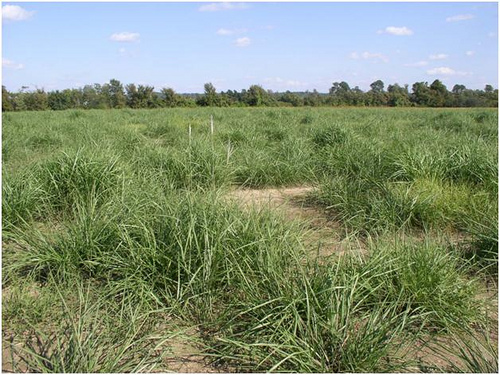In Minnesota, USDA’s Natural Resources Conservation Service (NRCS) is piloting an innovative partnership to introduce high school students to careers in science and agriculture.
Since last year, NRCS has teamed up with the Hmong American Partnership, a nonprofit that provides services to Minnesota’s Hmong community. The Hmong are an ethnic group from the mountains of Southeast Asia, and the Twin Cities—St. Paul and Minneapolis—have the highest concentration of Hmong populations in the country. Read more »

4-H student presenters check out the White House following their meeting.
As part of their 2012 annual 4-H National Conference approximately 300 high school student leaders from across the United States, U.S. territories, and Canada gathered in the greater Washington, DC area. 4-H seeks to promote positive youth development, facilitate learning, and engage young people in the efforts of the USDA to produce “real results for real people.” The conference aims to empower and mobilize the 4-H students to create positive, meaningful change in their communities. Read more »

ForWarn maps normal forest conditions as blue and change from normal as shades that range from green to red. This map shows that the greater part of Texas and Oklahoma were experiencing severe forest stress in late September of 2011 from the effects of drought and wildfire.
The Forest Service recently unveiled a product that helps natural resource managers rapidly detect, identify and respond to unexpected changes in the nation’s forests by using web-based tools.
The satellite-based monitoring and assessment tool aptly called ForWarn, recognizes and tracks potential forest disturbances caused by insects, diseases, wildfires, extreme weather, or other natural or human-caused events believed by many scientists to be caused in part by climate change. Read more »

Brothers Geert (left) and Jan Desmet (center), owners of Vinam, a California wine specialist company in Belgium, offer samples to guests at the March 7 wine tasting organized by the Foreign Agricultural Service (FAS) in cooperation with the Wine Institute. (Photo Courtesy of the U.S. Embassy in Belgium)
While beer may be the beverage most associated with Belgium, people there are acquiring a taste for California wines, thanks to efforts by the Foreign Agricultural Service (FAS) and the Wine Institute.
On March 7, FAS and the Wine Institute organized a wine tasting at the U.S. Ambassador’s residence in Brussels. In addition to showcasing 200 California wines, the event featured high-end beef and salmon hors d’oeuvres sponsored by the U.S. Meat Export Federation and the Alaska Seafood Marketing Institute. Read more »

Giant miscanthus in early stages of growth. The sterile grass plant will grow to heights of 8-12 feet. When harvested, giant miscanthus can be compacted into pellets for a durable, safe and environmentally friendly renewable energy source.
There’s a lot that a farmer can grow in northeast Arkansas. Most producers choose rice and cotton. Some plant soybeans, corn and sorghum; row crops, mostly, according to Charles Glover, manager, Ritter Agribusiness.
Glover works with landowners, their tenants and producers who farm 40,000 acres between Jonesboro, Ark., and Memphis, Tenn., much of it in Poinsett County. Read more »
Cross posted from the White House blog:
Yesterday, the White House Rural Council hosted a Native American Food and Agriculture Roundtable Discussion, bringing together tribal leaders and experts on Native American agricultural economic development with Administration officials from the White House Domestic Policy Council, National Economic Council, Office of Intergovernmental Affairs, Office of Management and Budget, Council on Environmental Quality, and federal agency partners including the Departments of Agriculture, Interior, Commerce, Treasury, and the Small Business Administration.
The White House Rural Council was established by an Executive Order of President Obama in June 2011. The Rural Council, chaired by Secretary of Agriculture Tom Vilsack, is dedicated to creating jobs and fostering economic development in Rural America. This is an all hands on deck approach – to accomplish this goal of growing the rural economy, the President appointed 14 Cabinet Members to the Council. In August 2011, the Council hosted the White House Native American Business Leaders Roundtable, which provided officials an opportunity to hear from Native American business leaders and policy experts about ways we can work together to improve economic conditions and create jobs in tribal communities. Read more »




